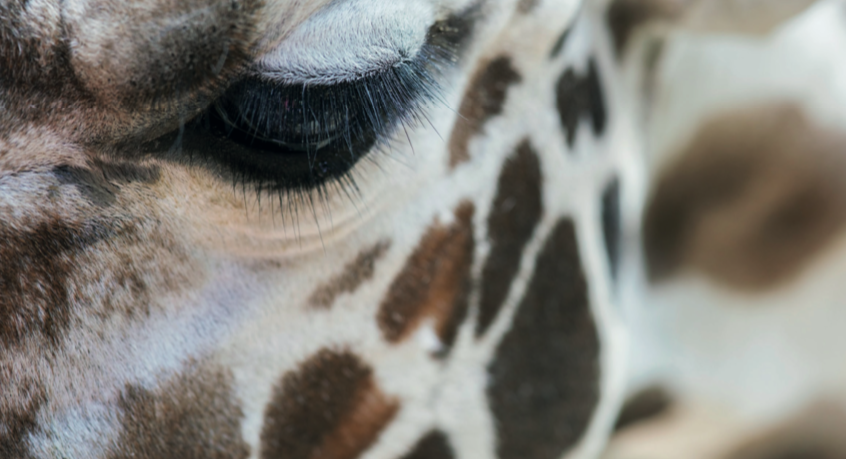Who doesn’t know the World Wide Fund for Nature (WWF), the international organization working in the field of the wilderness preservation and the reduction of human impact on the environment? Just the name conjures up images of cause-driven individuals fighting against habitat loss, climate change, illegal trapping of endangered species… and the list goes on. What might be lesser known is the organization’s growth strategy, which has to take into account all kinds of local characteristics, as Sid Das, Director, Digital Engagement, WWF International, explains here.
The WWF is a global organization. How do you define ‘global’ in your case?
WWF came into existence in 1961. From its origins as a small group of committed wildlife enthusiasts, WWF has grown into one of the world’s largest and most respected independent conservation organizations – supported by 5 million people and active in over 100 countries across five continents.
Over this time, WWF’s focus has evolved from localized efforts in favour of single species and individual habitats to an ambitious strategy to preserve biodiversity and achieve sustainable development across the globe.
From numerous initiatives, priority areas and priority species, the entire WWF Network focuses on six major goals – forests, oceans, wildlife, food, climate & energy, and freshwater– and three key drivers of environmental problems – markets, finance and governance. As a network, we organize ourselves around communities of practice with one for each goal and driver. We are becoming more focused and more targeted in our efforts while building on the interconnectedness of each of these issues within the global agenda. WWF aims to bring the weight of its unique local-to-global network to bear and drive these issues forward cohesively.
Can you explain your growth strategy to be even more global’ and what it implies?
Our mission is to ensure that people and nature thrive together. Our growth strategy is two-pronged. On one hand, we are looking to actively engage a billion people to care for nature. Nature not only provides us with all the things we need to live – from the air we breathe to the water we drink, and from the shelter we need, to the economy we rely on – but also makes our lives better. However, its growing loss puts this all under threat.
On the other hand, we are looking to get nature up the political agenda. The world needs to come together to set ambitious targets to reverse nature loss as it did for climate. We will have a tremendous opportunity to influence the future direction of some of the world’s most important policy instruments for sustainable development in the year 2020. We need policymakers to reset the agenda so that by 2030 the loss of nature starts to reverse.
What are your challenges as a global organization?
We are living in a time of unprecedented risk but also an unparalleled opportunity for the future of our planet and our society. A time where the world’s wildlife has halved in less than a generation; oceans, rivers and forests are struggling to cope with our growing pressure upon them; and where we are still on a path toward catastrophic climate change impacts.
As a global organization, our challenge is to balance local conservation priorities with the global agenda. We need to constantly align ourselves to the direction that is increasingly being set by governments, civil society and businesses. Additionally, the smooth flow of information between all of the offices in the world is something we put a lot of effort and emphasis toward. We choose innovative platforms like Facebook Workplace to ensure our employees and volunteers get all of the information they need.
Can you explain how you decide to locate regional offices and why?
We decide regional offices based on conservation needs. While we have ‘Network offices’ that focus on the conservation needs of a country, the regional offices look to bring countries together to weave a cohesive conservation strategy and its implementation. We also look at other factors like access to regional talent, attitude to environmental conservation amongst numerous other criteria. Currently, we have regional offices in Singapore, Woking, Nairobi and at our headquarters in Gland, Switzerland.
You’re based in Singapore. Why is that so? How does Singapore respond to the needs of your organization?
Singapore is at the forefront of conservation in Asia Pacific. The mission of WWF across the Asia Pacific is to ensure a future for both people and nature. WWF has been working to conserve Asia Pacific’s astonishing wealth of biodiversity for over four decades and has considerable experience in engaging with partners for conservation solutions that benefit people, economies and the environment. Singapore satisfies all of the criteria for WWF’s regional hub. We are able to liaise with teams around the region easily and have access to regional media, creative agencies, fantastic corporate partners and a wide pool of talent which truly helps us build a global organization.
This article, written by Boardroom Chief Editor Rémi Dévé, is part of the exclusive partnership between Boardroom and the Global Association Hubs Partnership (GAHP), which comes as an innovative response to the increasing decentralisation of international associations, as they look to develop their activities globally. www.associationhubs.org. The right to use, part or all of it in subsequent works has to be granted by the Publisher.
